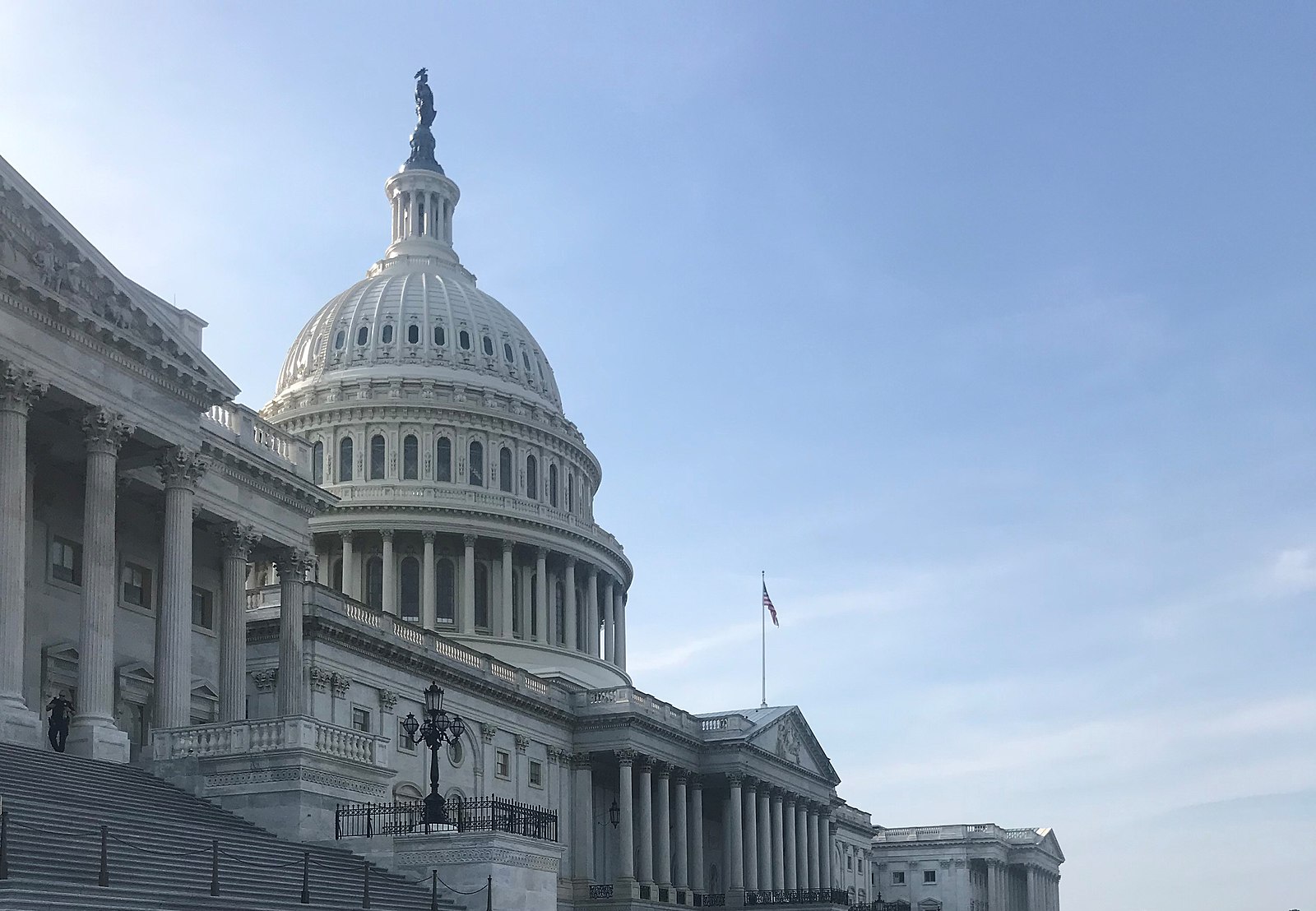Five Key Objectives of the Inflation Reduction Act
On August 7, 2022, the Inflation Reduction Act (IRA) was passed in a 51-to-50 vote by the United States Senate. The legislation is a $739 billion spending package that directs $369 billion towards energy and climate-related funding, making it one of the largest ever government investments in climate mitigation. The IRA also will address healthcare, taxes, and the national deficit.
1. To cut greenhouse gas emissions.
According to 2019 data on greenhouse gas emissions, the U.S is the second largest contributing country. In order to meet international climate goals, the U.S. must reduce its emissions. The bill specifies a reduction of emissions by 1 gigaton (one billion metric tons) by 2030. That’s 10 times the projected climate impact of any piece of legislation in history.
Many critics have pointed out that the IRA also incentivizes the continuation of some fossil fuel industries, and seems to take a more “all-of-the-above” approach to energy than a climate-centric one. That said, the projected emissions reductions in the IRA are still substantial, and some suggest that while the bill isn’t perfect from a climate perspective, it could show the way to accelerating an energy transition.
2. To make green energy cheaper.
A vast amount of green technology has already been invented and made available to the public. Electric cars, solar panels, and energy-efficient appliances like heat pumps, refrigerators, and dishwashers are all viable options. But many families have found them too expensive to purchase. In order to accelerate a clean energy transition, the IRA intends to lower energy costs through rebates and tax credits. Consumers will now receive up to $7,500 in tax credits for new electric vehicles, and $4,000 for used electric vehicles. $14,000 will also be given to families to purchase energy-efficient home appliances. The IRA also offers a 30% tax credit for all new solar panel installations, enabling approximately 7.5 million more families to get them on their roofs.
Some may point out that handing all this money to consumers may temporarily worsen inflation, since if people have more money, the demand for products will go up. But long-term economic benefits to families could be huge, with potential energy savings of more than $1000 a year to the average family taking advantage of these opportunities.
3. To reduce prescription drug prices.
In 2020, health expenditures per capita in the U.S were $11,945. In comparable countries the figure is about $5,746. Americans also pay 2-3 times more for prescription drugs than citizens of other countries. The new legislation allows Medicare to negotiate with drug manufacturers for lower prices, and pass on reduced costs to consumers. This will reduce prescription drug prices for 5-7 million Medicare beneficiaries. Further, out-of-pocket costs at the pharmacy are now capped at $2,000, and insulin costs for Medicare beneficiaries will be capped at $35 for one month’s supply. Individuals needing insulin currently pay as much as $1300 per month.
This change has brought critics to the fore. Some argue that the government is getting in the way of free market competition. Others suggest the IRA will cut Medicare benefits and take money out of the system. Ultimately this legislation is expected to save the government up to $250 billion over the next ten years, and the idea is that the legislation will reduce Medicare spending by lowering the prices paid for the drugs administered through the program.
4. To close tax loopholes.
It is estimated that $160 billion in taxes are evaded per year by the top 1% of earners. What’s more, 55 of America’s largest and wealthiest companies got away without paying a cent in 2020 federal income tax. To combat this, the IRA intends to allocate $79.6 billion through 2031 to the IRS and related agencies. These funds will supplement the current IRS budget, allowing the agency to increase tax enforcement activities, operations support, and taxpayer services.
Business advocacy groups have argued against the 15% tax, claiming it will limit economic growth and make the U.S. poorer. Many have also voiced concern over the growth of the IRS, suggesting that the agency may perform more audits as a result. Economists and financial analysts are taking a different view, pointing out that the legislation won’t have a dramatic effect on corporations’ earnings, and shouldn’t limit their future investments. The IRA’s tax provisions are specifically targeted toward wealthier Americans, while any family earning below $400,000 per year is not expected to see a change in its taxes.
5. To reduce the national deficit.
The United States’ national deficit in 2021 was $2.8 trillion. The new legislation is intended to spur a drastic reduction through methods like reduced spending on healthcare and increasing the amount of tax money coming in. The intention is to cut the national deficit by $1.5 trillion this year.
Opponents of the legislation argue that the bill will increase inflation. But opposing studies have shown that reducing the national deficit will actually reduce inflation in the long term. Reducing the deficit by a large amount will not have an immediate effect on prices. But supporters of the Inflation Reduction Act suggest that the long-term impact of reducing the deficit could help curb inflation down the road.
For more information, see the companion “Tip of the Iceberg” podcast episode here.


























